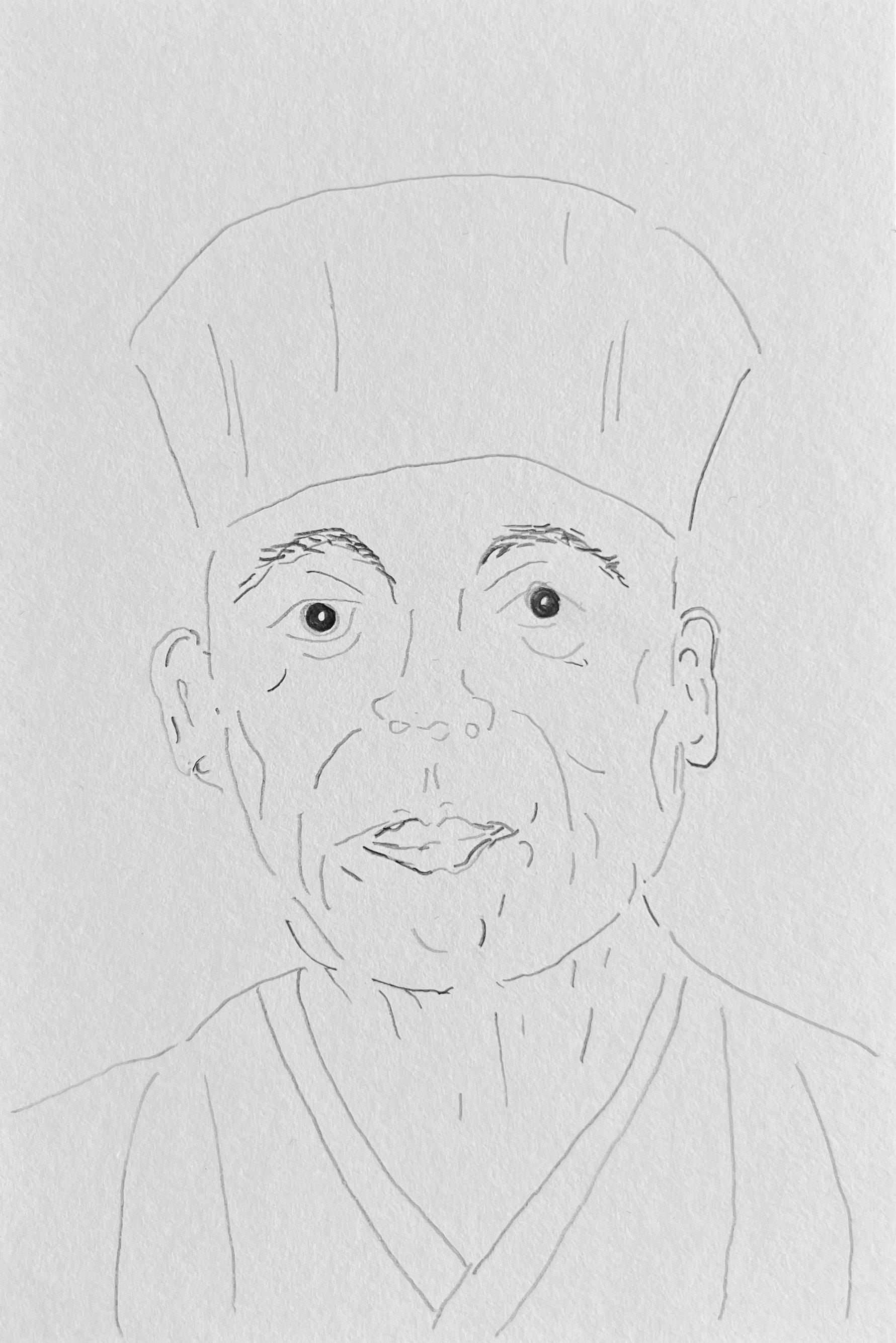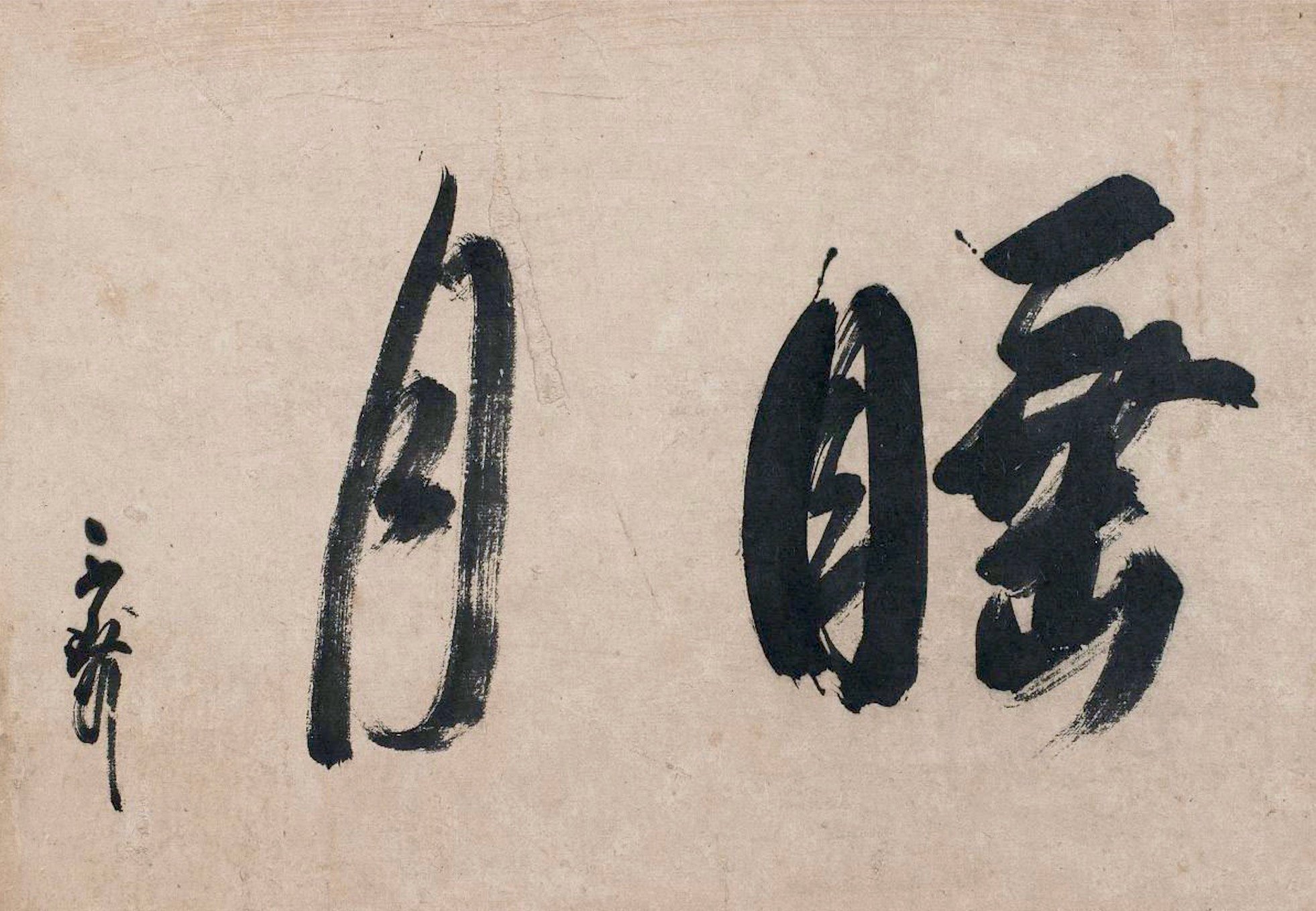千利休
Sen no Rikyū
1522-1591
b. Sakai, Osaka Prefecture
Tea is nought but this:
First you heat the water,
Then you make the tea.
Then you drink it properly.
That is all you need to know.
Sen no Rikyū began life as a son of a warehouse owner who was in the fish trade, however he started studying tea which grew into an intense and fruitful endeavour to develop the chanoyu aesthetic. Trained in Zen Buddhism at the illustrious Daitoku-ji Temple. It was this period of time that instilled in him a profound philosophy of Zen and he began to nurture an affection for a simple and modest way of life.
Wabi sabi, a concept which was pioneered by Murata Chuko, at the time, high fashion was drinking tea while appreciating the full moon. But Chuko had no taste for the full moon, instead he preferred the shadows of the half moon, the moon partially covered by clouds or a reflection of the moon with the movement of water.
Tea ceremonies at the time had become somewhat a status symbol, with the rich and famous constructing lavish teahouses filled with luxurious imported items which showed off their wealth and power. Rikyū completely swept all of this aside and made tea in a modest and rustic teahouse and carefully selected tea instruments made by local craftsman with slight imperfections and variations in the glaze, misshapen and rough, these items imbued an aura that matched perfectly to what Rikyū wanted to convey. The appreciation of the imperfect, impermanent and incomplete eventually gave rise to the ritual of the modern chanoyu with all three tea schools, Omotesenke, Urasenke, Mushakōjisenke descendants of Sen no Rikyū.



